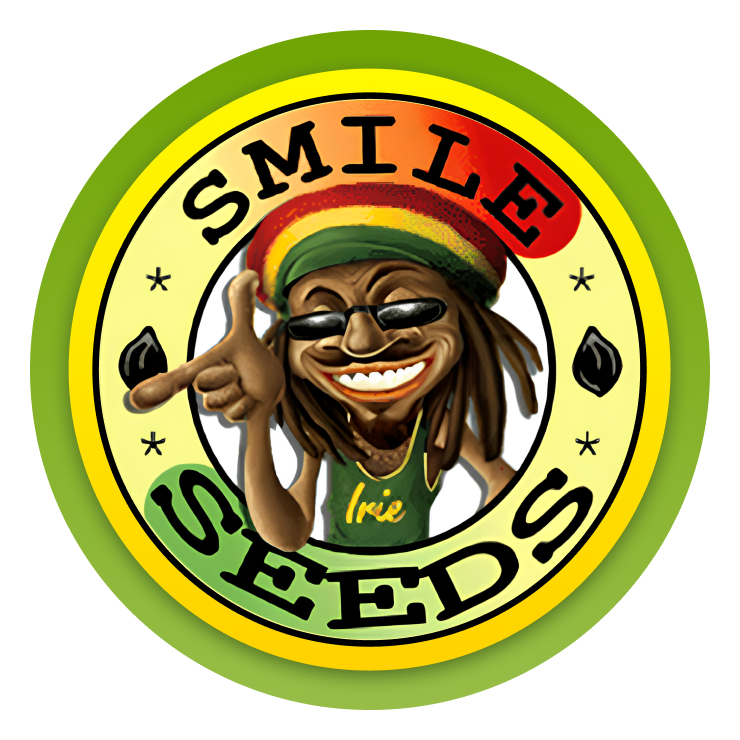
Hemp has been used since ancient times not only as a raw material for fabrics, ropes or oils, but also as a medicinal agent. Archaeological finds indicate that it was used to treat various diseases as early as 5,000 years ago. Over time, knowledge of its healing properties spread throughout Europe. The active substances, cannabinoids, interact with the human endocannabinoid system - a network of receptors that helps the body maintain balance. Thanks to this, cannabis reduces pain, helps with anxiety, epilepsy, insomnia, etc.
How the Greeks and Romans used hemp
The doctors of Greece and Rome were well aware of its medicinal properties. One of the first to write about them was Hippocrates (460-370 BC). His students included hemp in the list of remedies for headaches, inflammation, and joint pain.
The Roman physician Galen (129-200 AD) wrote about hemp seeds that they help improve digestion. Medicines were prepared in the form of infusions, powders, and ointments. It was used to heal wounds, rheumatism, headaches and toothaches.
Middle Ages: Monasteries and Folk Recipes
In the Middle Ages (5th-15th centuries), much of the medical knowledge of antiquity was lost. However, cannabis remained in use, especially among monks who copied ancient texts. Hemp was grown on monastery grounds not only for the production of fabrics or ropes, but also for the preparation of healing infusions and ointments.
The writings of the German nun Hildegard of Bingen (1098-1179) mention the use of hemp to reduce stomach and head pain. It was also widely used in folk medicine. In countries such as Poland, Hungary, Bulgaria, and Ukraine, there were recipes for skin ointments. In them, hemp was mixed with animal fat. Decoctions of seeds or leaves were also used to relieve fever, muscle pain, and insomnia.
Discovery of the new age: return of interest in hemp
Starting from the 16th century, Europe began to return to the knowledge of antiquity.
Pharmacopoeias appear - books that describe the properties of medicinal plants. In 1538, the English botanist William Turner mentioned hemp in his work A New Herball as a medicine that helps with inflammation.
In France, the doctor Jean Ruel, in Italy ― Mattioli described experiments using hemp. In Germany, Leonard Fuchs, the author of the first large atlas of medicinal plants, also included this plant in his research. Scientists tried to return old recipes to medical practice, but they did not yet have methods for accurate dosing, so their use was limited. 19th century - cannabis became an official medicine A breakthrough occurred in the 19th century. Irish physician William Brooke O'Shaughnessy in 1839 described the successful use of hemp extract for epilepsy, spasms, and rheumatism. His work was translated into several European languages. Cannabis-based medicines began to be widely sold in pharmacies in London, Paris, Berlin, and other cities. Pharmaceutical companies, including German Merck and British Smith & Nephew, began producing tinctures and tablets. This period became the "golden age" for the medical use of cannabis.
Prohibitions and oblivion in the 20th century century ;
At the beginning of the 20th century, attitudes towards cannabis began to change. In the USA, it began to be identified with marginalized groups. In 1925, during the Geneva Convention, European countries agreed to restrict the circulation of cannabis. In 1937, the USA passed a law prohibiting any use of it, even for medical purposes.
In 1961, the UN adopted the Single Convention on Narcotic Drugs. Cannabis was included in the list of substances with high risk and no medical benefit.
The Return of Medical Cannabis
At the end of the 20th century, the situation began to change. In particular, in 1996, California became the first US state to legalize medical cannabis. Scientists and the medical community in Europe were reconsidering outdated views. In 2001, Germany allowed cannabis research. The first clinical data on the effectiveness of CBD for epilepsy in children, chronic pain, and multiple sclerosis began to appear. In 2013, Italy allowed the use of cannabis for medical purposes under the supervision of a doctor. In 2017, Germany passed a law allowing doctors to prescribe medical cannabis. In 2019, France began a national cannabis testing program for cancer patients. The Czech Republic and the Netherlands also had similar state programs. In 2021, Ukraine took the first steps towards the legalization of its use in medicine, and in 2024 the relevant law came into force. Today, more than 20 European countries have a legislative framework for the use of medical cannabis. The list of diseases for which it is prescribed includes: multiple sclerosis, Parkinson's disease, chronic pain, chemotherapy nausea, epilepsy, post-traumatic syndrome, anxiety disorders, some mental conditions, Alzheimer's disease. History shows how important it is not to lose knowledge due to fear or politics. Thanks to the experience of the past and modern scientific discoveries, medical cannabis is becoming an important part of treatment, no longer as a forgotten remedy, but as a full-fledged part of evidence-based medicine. The Smile seeds online store has a wide and diverse range of high-quality cannabis seeds from well-known seed banks. You can choose a suitable variety when it is convenient. The order is placed in a matter of minutes. The seeds are securely packaged. Delivery across Ukraine is carried out in a short time.
